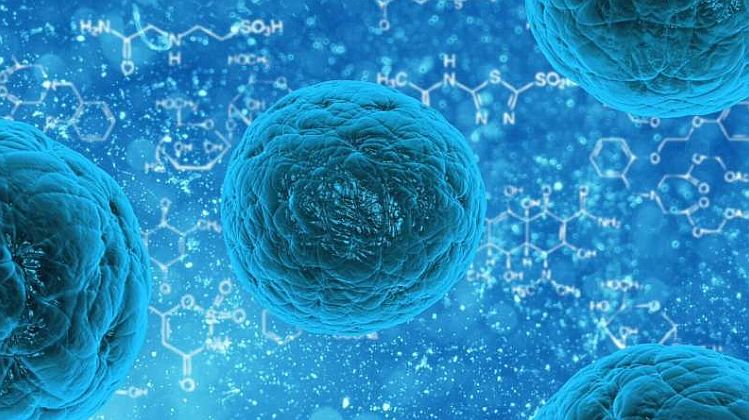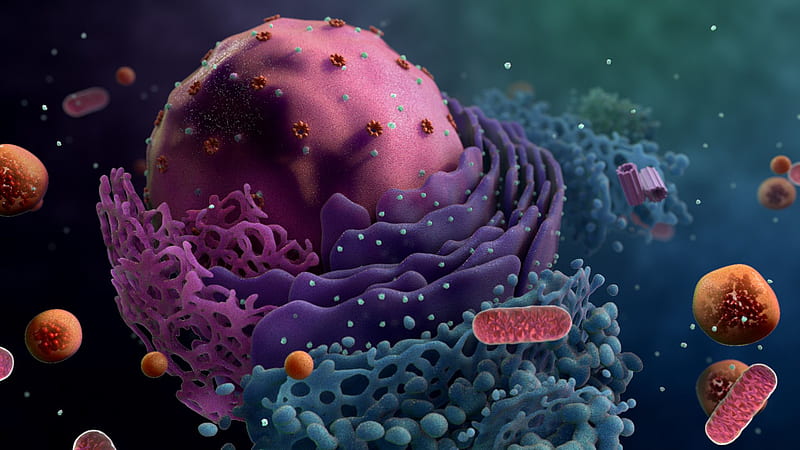
Electrical charges have a vital role in majority of biological processes in the human body. In fact, the human body is an incredibly complex electrical system that relies on the flow of electrical charges to carry out its functions.
Electrical signals, for instance, are not only used by the brain and nerves to communicate with each other. But the same signals also allow us to move our muscles, feel sensations, and think.
At the cellular level, ions such as sodium, potassium, and calcium work in tandem to regulate various processes in the body, such as muscle contraction, nerve impulses, and the release of hormones.
Additionally, our heart relies on electrical impulses to maintain a regular rhythm and pump blood throughout the body.
Imbalanced charges at cellular level
The imbalanced electrical charges that exist on either side of a cellular membrane are known as the membrane potential. These imbalanced charges play a critical role in allowing cells to generate and transmit electrical signals.
Until now, researchers were of the view that the membrane was an essential component to creating this imbalance.
However, researchers at Stanford University surfaced that a similar imbalanced electrical charge can exist between microdroplets of water and air.
Biological condensates
Currently, researchers at Duke University have discovered that these types of electric fields also exist within and around another type of cellular structure called biological condensates.
Biological condensates are dynamic, membrane-less organelles that form inside cells through a process called liquid-liquid phase separation.
These structures are believed to play a critical role in many cellular processes, including gene regulation and signal transduction.
According to the Duke University’s researchers, these biological condensates also create electric fields within and around them.
These electric fields arise from the separation of charged molecules and ions within the condensate and the surrounding cellular environment.

Takeaway
With the discovery of electric fields in biological condensates, the scientists envision a huge possibility that these structures may play a role in electrical signalling within cells.
Also, the finding will help researchers better understand how biological condensates form and function.
Over all, the discovery will have important implications for the understanding of how biological systems work. Along with the development of new therapies and treatments for various diseases.
Via: Phys.org



